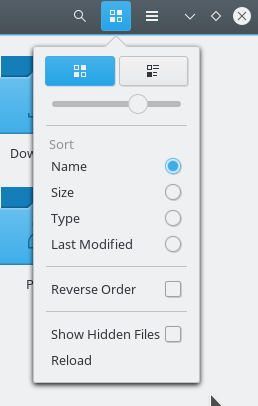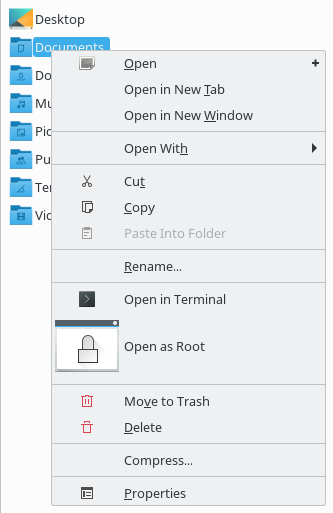The Linux Desktop is Thriving (sort of)
The Linux desktop is still growing. It can not brag about having the largest user base, but things are actually improving.

Edited: 2017-12-14 13:20
The Linux Desktop has become a fairly solid alternative to Windows and Mac, and there is almost nothing left that we can not do. Performance is mostly good for everyday tasks, but it is still rather slow when it comes to gaming. That is why I recommend you dual boot with Windows to handle those niche areas.
Another obstacle can be Adobe creative programs, such as Photoshop or Premier (video editing). Since Adobe does not offer native Linux versions of the software, users are left with using crazy workarounds, such as dual booting or using VirtualBox. For most users, this is far from ideal. Most nerds will have no problem with either solution. Performance in VirtualBox might be a bit slower than if you were to dual boot with Windows. So that is just something to keep in mind.
For everyday work, Linux simply rules. I carry out most my activities in Linux, and only boot up Windows when I absolutely have to work with Adobe programs or Microsoft Office. I can even do most my video editing in Kdenlive, and graphics work with Gimp.
I miss a native Linux version of niche programs, such as Illustrator. But, I will likely stop using Adobe once I am done with my studies anyway. Their software is just to expensive for me to afford, but I also somewhat disapprove of subscription based software. I do not want to continue paying money just to use the software. When I buy a hammer, I expect a lifetime right to use it, without having to pay money for it over and over.
The Linux desktop
There are many different distributions, which have some differences, but generally tend to work in very familiar ways (it is Linux after all). I have tried a few of them, including Arch Linux and Ubuntu. This is further complicated by multiple desktop environments, which can usually be installed independent of distribution. I have tested some of them, including Ubuntu's Unity (replaced by Gnome in Ubuntu 18.04), XFCE, KDE Plasma, Cinnamon, and others. By far, I now prefer KDE to Unity and Gnome.
KDE allow you to place icons on the desktop out-of-the-box, something I dearly missed in Gnome. You can enable this in Gnome too, but I have had problems after doing it. Gnome simply does not seem to handle it well after enabling it. Maybe because it is not designed to have desktop icons. Basically the icons sometimes disappear until your file manager is opened. I am sure there is a fix, but I never really bothered to look for it.
It just seems that, no matter which desktop environment you choose, there is going to be tiny bugs here and there. Some of these bugs have existed for decades without being fixed. The bug with loosing clipboard contents when closing a window – just to give an example. These are minor bugs, but they are very frustrating to people coming from a Windows background, where things just tend to work, intuitively, and only cause problem on freak occasions.
Fixing the Linux Desktop
The long presence of these minor bugs leaves the impression with users that Linux development is slow, and that the platform is immature. And rightfully so. It might not actually be the case. However, the Linux desktop is one of the first places new users will start out, so I really think developers are underestimating the seriousness of these bugs. If something consistently breaks in multiple small ways, it is going to greatly affect our overall impression negatively.
The lack of a decent way to create .desktop files has long haunted Ununtu, and for some reason they choose Nautilus as their default file manager, which is removing features. An example of this would be the compact view option, which was very useful in directories with a lot of files in them.

For this reason alone, I would simply prefer a switch to Nemo. But, Nemo also comes with other really useful features, open as root is one of them.

Fixing the Linux Desktop is not a simple matter. Distributions will have to choose the best programs for the job, and possibly even prevent updating those apps if/when their developers decide to remove important, useful, features.

Tell us what you think: